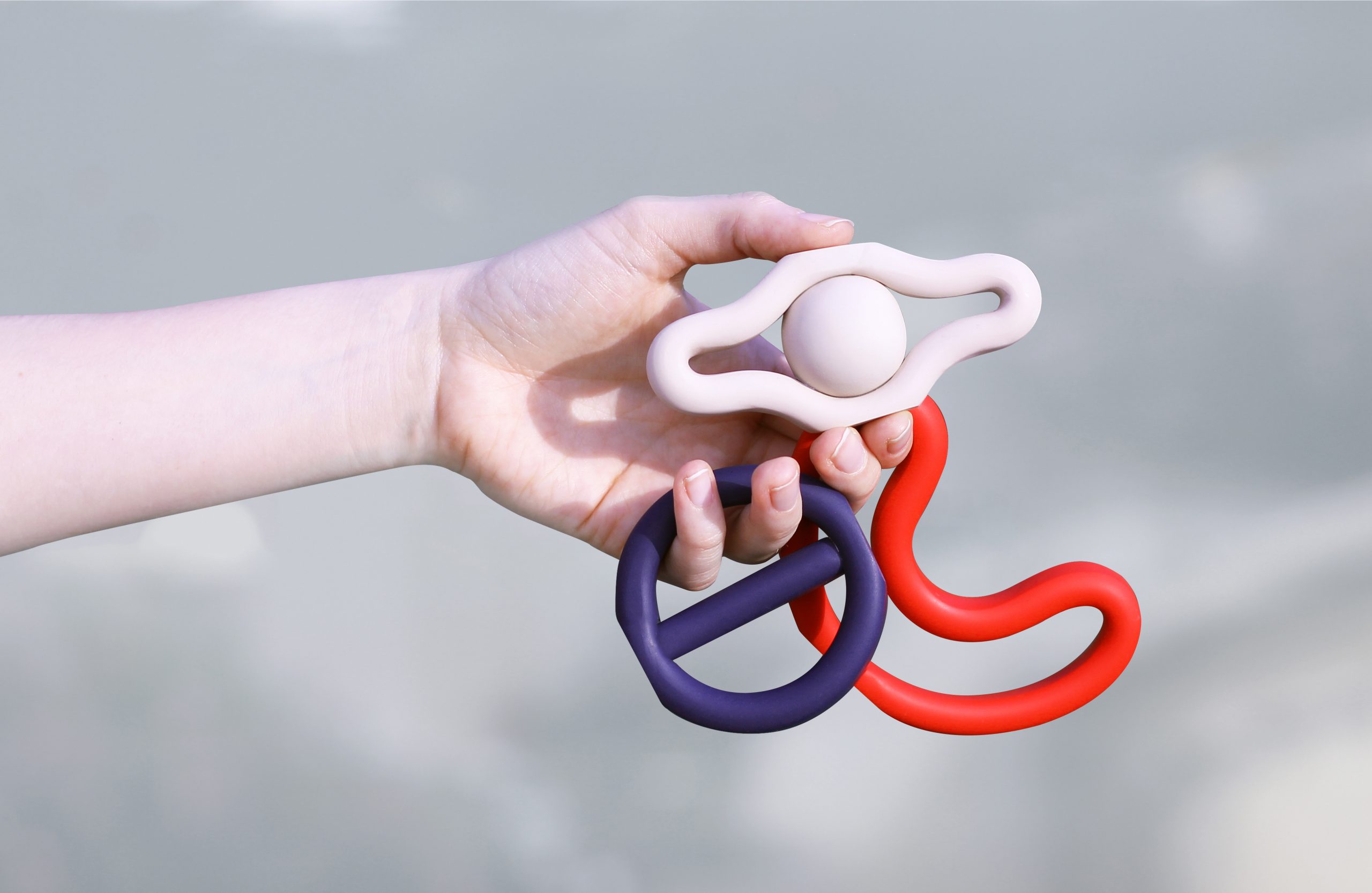Balisa

Useful information
- Team members
- Ariadna Sala Nadal
- Country
- Spain
- Keywords
- Design Healing Process Child Sexual Abuse Therapeutic Tool Emotional Management
Short Description
Balisa is a therapeutic tool that supports child sexual abuse survivors during the healing process.
Detailed Description
Balisa is a therapeutic tool that accompanies and supports survivors of child sexual abuse during the healing process. Balisa provides a series of pieces that facilitate communication between psychologists and survivors through the volume representation of the emotions experienced during the healing process.
Each emotion is linked to a piece, which are stacked together and form a beacon that the person takes home with the aim of following their emotional management independently and delimiting a safety zone in their home.
This project raises a reflection on the role of design in providing resources for the improvement of this problem and, at the same time, contributes to the visibility and communication of this taboo.
Project Details
- Does your design take social and cultural challenges and human wellbeing into consideration?
Balisa is designed for survivors of child sexual abuse: A social problem that affects a large percentage of our population, treated with taboo and secrecy. Analyzing the statistics we can see the huge percentage of people who suffer from this problematic: 1 in 5 children are victims of sexual abuse at least once before the age of 17.
Personally, design is a very powerful communication tool that allows us to improve problems that affect our society, and it is for this reason that I believe in critical design, taking social and cultural challenges and human wellbeing into consideration.
- Does your design support sustainable production, embodying circular or regenerative design practices?
Although Balisa is still in a prototyping stage, it is fully aware of maintaining sustainable production in terms of materials, production methods and transportation. Furthermore, it is designed to be used in a cyclical manner, without having an end of use. This is because it has a high functionality that adapts to the needs that the survivor of child sexual abuse will have in the different stages of healing.
- Does your design use principles of distribution and open source?
The method of use and distribution of this product is designed in such a way that survivors of child sexual abuse use the pieces in the sessions with the psychologist. In this way, the psychologist is responsible for purchasing the product.
In the end, many people benefit from a single pack (both the psychologist and all the survivors who attend this therapy).
- Does your design promote awareness of responsible design and consumption?
Balisa is an example of responsible design because it is designed in such a way that it does not have an end of use, but is constantly adapted to the different needs that survivors of child sexual abuse may have.
Images



Video
Project Website
Social Media Accounts
https://www.instagram.com/arisvla/
www.linkedin.com/in/ariadna-sala